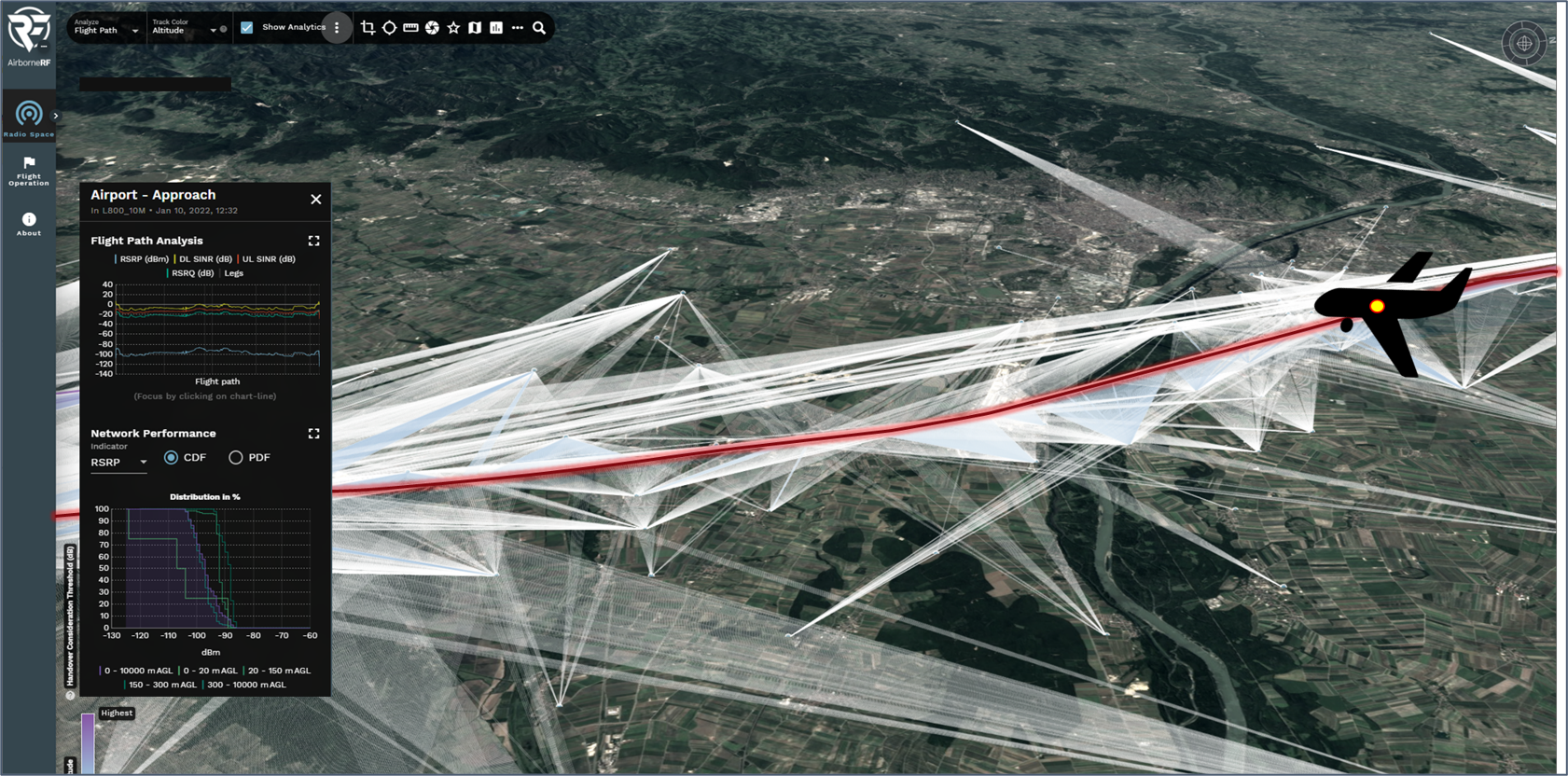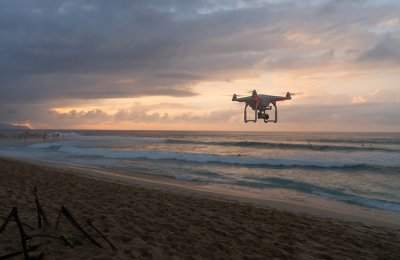
Aviation/C-Band
Is Your 5G Network C-Band Safe?
With the rollout of 5G, mobile operators are now using a range of spectrum that hasn’t been previously deployed in cellular networks: C-Band.
C-Band spectrum can interfere with some airplanes’ onboard altimeters, especially when deployed within close range of airports. Due to the technology used on some aircraft models, these 5G cell sites can create significant safety concerns for airline passengers and crew, impacting the ability of pilots to land airplanes safely. Our short video explains why.
Investigations by Airbus have confirmed these concerns.
The Role of Mobile Network Operators
Technology is evolving at an uneven pace, occasionally resulting in incompatibility issues between industries and critical equipment. While mobile network operators didn’t create this problem, they need to be part of the solution.
Operators can help ensure air safety and speed up 5G network implementations by proactively performing signal and interference analyses of cell sites in and around airports and providing full transparency. Each situation will need to be looked at individually. Risk varies depending upon how the 5G network was built, including base station configurations, power settings of the 5G transmitters, and even landing patterns at each airport.
Safety First with Airborne RF
C-Band and air safety can be easily addressed with the right tools.
AirborneRF bridges the gap between telecom and aviation, providing safety of navigation solutions for mobile network operators in today’s increasingly connected world. It is a software solution designed to improve flight safety by analyzing and identifying risks of spectrum interference with airplane radar altimeters.
Airborne RF
AirborneRF is in production at some of the world’s leading mobile networks. It uses a 3-step process to characterize cellular connectivity in the airspace, identify and map potential problems, and provide insights and solutions:
GAIN FACT-BASED INSIGHTS
AirborneRF processes, correlates, and analyzes airline flight pattern/corridor data with airplane characteristics and 5G network information.
It uses fact-based analysis to differentiate between safe zones and areas of concern, identifies which cell sites are causing issues, irrespectively from their distance to the airport.
FOCUS ON SOLVING REAL PROBLEMS
Don’t waste time chasing problems that don’t exist. Quickly identify and clear areas where there are no issues and gain insights and suggestions for fixing problems in areas where they are likely to occur.
PROVIDE MAXIMUM TRANSPARENCY FOR AVIATION AUTHORITIES
AirborneRF includes a live dashboard view for aviation systems and authorities (such as the FAA in the U.S.), using live network information to identify where C-band interference is likely to exist.
The system works as an alert mechanism, which is especially critical as 5G networks continue to evolve. AirborneRF provides the transparency the aviation industry desires, with red, yellow, and green “traffic light” categories – delivering a real-time view into flight path safety.
Learn more about AirborneRF
Contact Us
Operators can help ensure air safety and speed up 5G network implementations by proactively performing signal and interference analyses of cell sites in and around airports and providing full transparency. Contact us to learn more.







